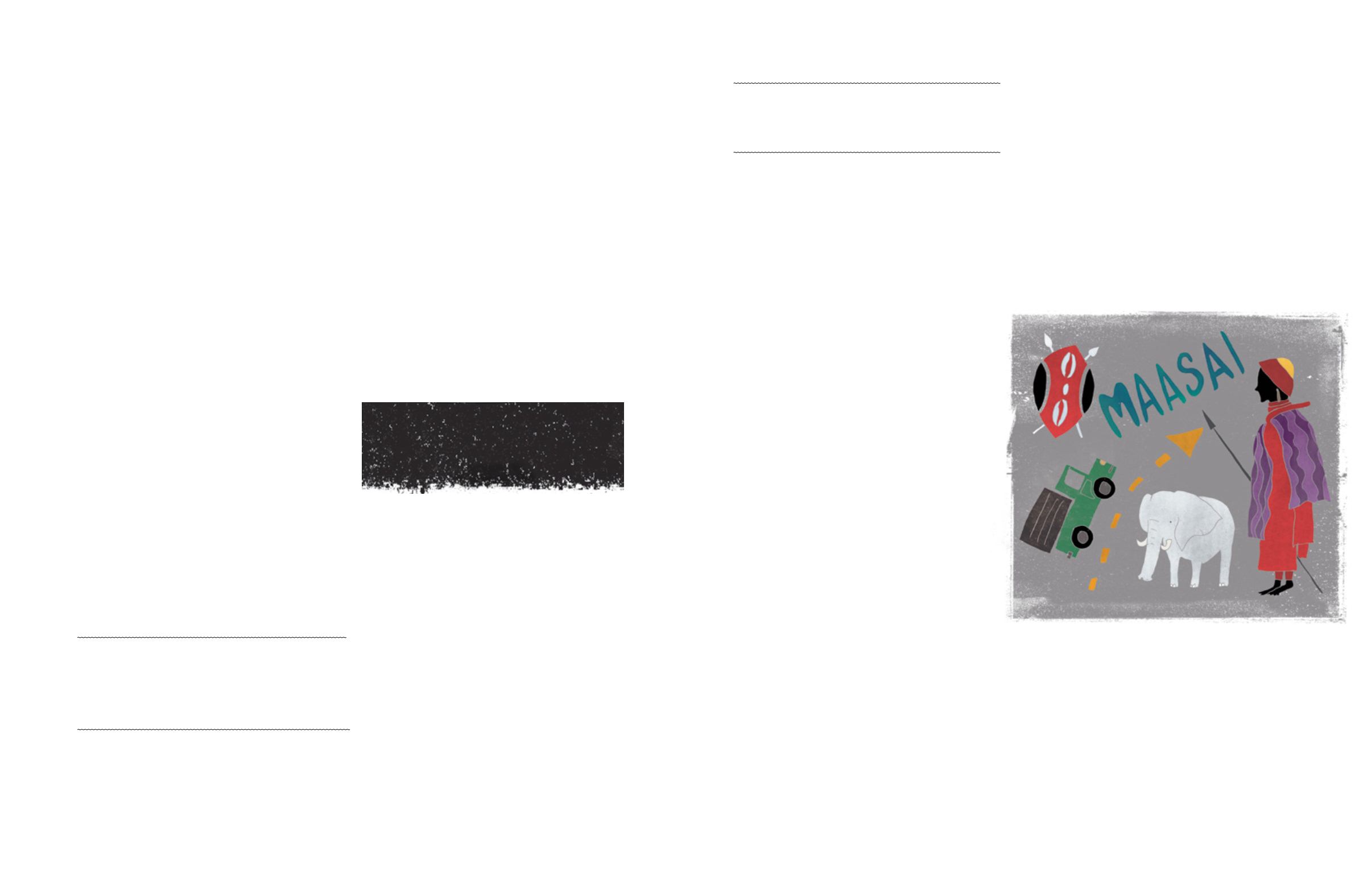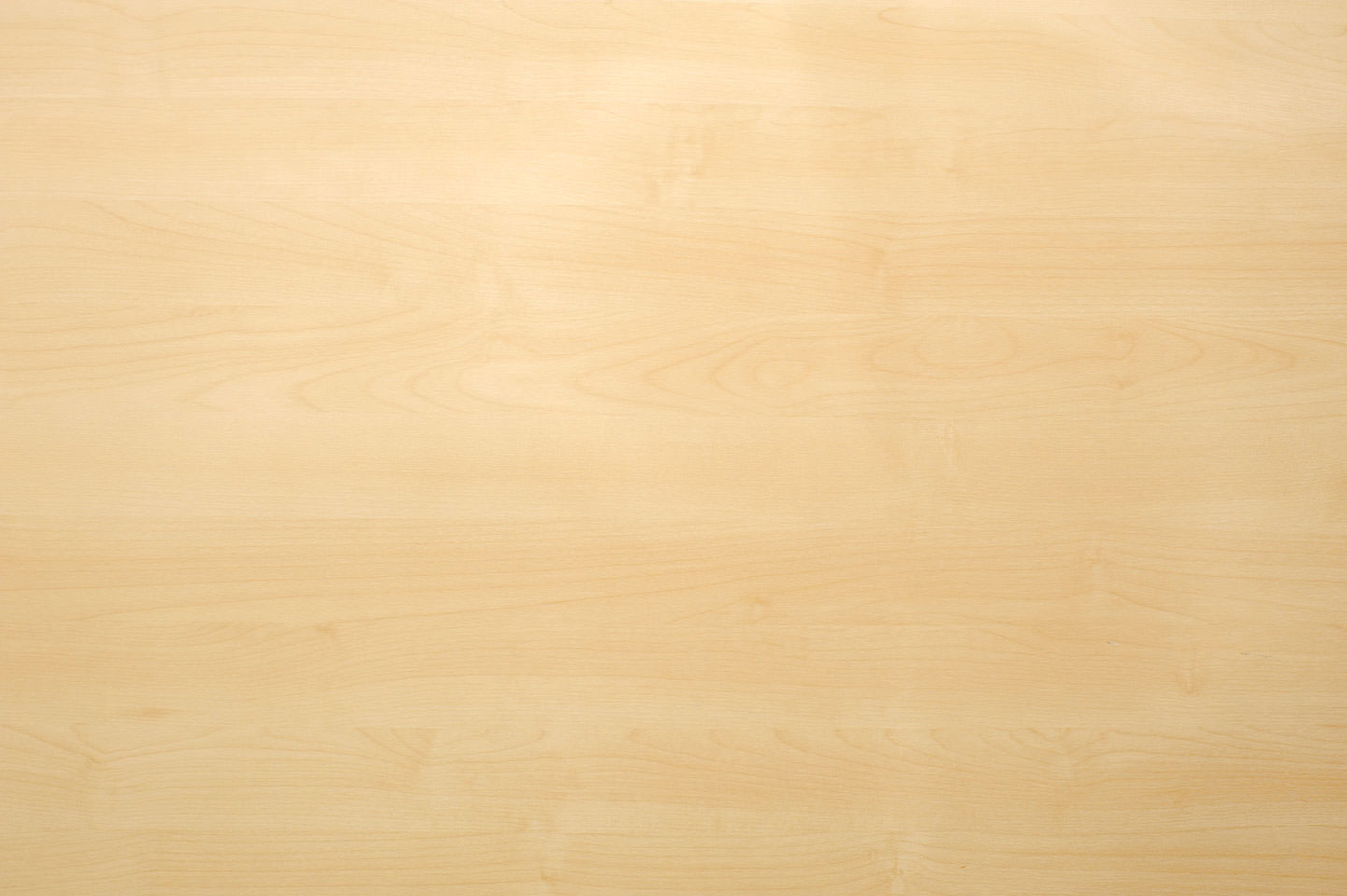

20
21
were not talking with the four or five African-American stu-
dents that were travelling with us.”
Gilbert says he still thinks about that experience to this day.
He says it took a group of people from a completely different
culture to help him notice what he took for granted in his own.
“Sometimes you see things from outside eyes looking in,” he notes.
Leila Mohammed ’11 is one of the 70 or so students from
Kenya who have come to St. Lawrence on a full scholarship.
She remembers her first winter in Canton, and the first time
she saw snow.
“I was like, oh goodness, there’s actually ice falling from the
sky–it was a good thing! I was just super-excited. People were
inside; I was outside. But then after a week I was like okay this
just has to go! I was putting my sweater or hat over my face and
people were commenting on it.”
Leila had just graduated from the University of Southern Maine
with a Master of Public Health degree. She says in her whole four
years at St. Lawrence, she didn't see her family once, but she was
rarely homesick, because of the community she’d met.
“I’m really grateful that I’ve been able to work with people
who are doing the right thing at the right time in Kenya,” she
says. “We want to be part of something that can positively
impact the world, in one way or another. Whether you work
in Canton or in Africa, it doesn’t really matter!”
Although she had job offers in the States, in June Leila flew
back to Mombasa, Kenya, where her family still lives. She plans
to stay there.
n
Adapted with permission from a North Country Public Radio
story that aired on June 3, 2014.
pulled up to registration for the 2014 St. Lawrence
reunion and paused. East Hall, where it all started in
1984, was just down the street. So I headed that way
first. No need to register too fast….
I walked down Romoda Drive and smiled as memories
came flooding back. The 1984 East Hall class, along with our
counterparts in Sykes, was one of the earliest adopters of the
“freshman experience” that evolved into St. Lawrence’s First-
Year Program and has become common nationwide. Students
and professors tried to imagine and execute a collective class
experience that transcended any particular department, which,
in hindsight, is a liberal arts education in action. We stumbled,
learned, were vulnerable and made some magic.
As I approached the building, I reflected that the lesson of trying
new things, being vulnerable and collaborating across disciplines
had served me well when I went to Kenya, and has continued to
do so for more than 25 post-St. Lawrence years.
I placed my hand gently on the East Hall entrance but then with-
drew it, heading back toward registration and the weekend ahead.
Reunion was special to me because the Kenya program was
rightly celebrated. I was able to reconnect with Paul Robinson,
Howard Brown and David Lloyd, program directors and profes-
sors whose guidance was so crucial to me and set me on my
global water and sanitation career path, visionaries whose contri-
bution to the world and to students is immeasurable. I see their
fingerprints on my path so clearly, and I celebrated that realiza-
tion with them privately, and publicly on a stage at Carnegie.
And I was not alone. I saw generations of St. Lawrence Kenya
alumni with that rare look in their eyes that were focused on
influencing the world for the better. That look was solidified, in
part, in the Kenyan sun.
I was honored to receive an Alumni Citation and spoke openly
about how St. Lawrence was central not only to my career
path but also to my healing. I was perhaps one of the hungriest
students ever to walk up Romoda Drive, having failed as a high
school senior to get into any college, including St. Lawrence.
I spent the following year resolutely focused on being accepted
by SLU, hoping they would take a chance on a broken young
man whose years of physical, emotional and sexual abuse at home
had taken a serious toll, a toll I hid from all, as most survivors do.
St. Lawrence allowed me to breathe for the first time, and to
stitch together a new narrative that propels me forward today.
I opened up about this side of my past in front of hundreds of
alumni at the citation awards ceremony, and was greeted with
warmth and support.
I smiled, felt embraced and headed home shortly thereafter,
thankful for having walked through that entrance at East Hall
30 years ago, thankful for having walked through the deserts of
northern Kenya, and thankful for having been given the space
to heal and grow in the North Country.
Ned Breslin is CEO of Water for People, which works to
bring clean water to Africa, Asia and Latin America. The
“stage at Carnegie” appearance he mentions was for a seminar
on philanthropy that he presented during Reunion Weekend.
I
R
eunion Weekend this year marked a big moment
in St. Lawrence history: the 40th anniversary of
its study program in Kenya. The first group of
students travelled from Canton to Nairobi in
January 1972 for a two-week program, but since
1974 it's been a semester-long experience.
Alumni in attendance included two mem-
bers of Kenya’s National Assembly, as well as several founders
and CEOs of nonprofits devoted to bettering the lives of
people in Kenya.
Late in the fall of 1971, Peter French, professor of government
at St. Lawrence, was in a bit of a bind. He’d wrangled the fund-
ing and gotten the administrative go-ahead to take 15 students
more than 7,000 miles across the earth, to Nairobi, Kenya. The
trouble was, he needed to find the students.
“Getting the first 15? Not so easy,” he says, adding that it
was much easier to find women. “Women are bigger risk-takers
than guys,” he explains.
Ann Cheney ’74 was only 19 when she decided to apply. She
says she'd dreamed of going to Africa since she'd seen it on a
globe in her primary school classroom.
But Cheney almost couldn't go, because when she made the trip
to New York City to get her vaccines, they wouldn't administer
them because she wasn’t 21. So she had to go all the way back
a second time, with her mom. She still remembers to this day,
“They said ‘is this your daughter,’ and she said ‘yes!’ And they said
‘is it okay if we give her this yellow fever shot,’ and she said ‘yes!’"
At that time, collegiate study abroad programs were long
established in countries like France and England. But this was
one of the first programs to propose going to Africa.
French says once that first group of students came back, it was
a much easier sell. “They remember every story,” he says. “And
most of them will say it’s something that changed their life.”
Since that first group went in 1972, some 2,000 students, a
few from colleges other than St. Lawrence, have gone through
the Kenya Semester.
On Saturday night, Kenya program alums fill one of St. Law-
rence's gyms. Music blares from the speakers as steam rises from
metal pans of food—the University’s dining services staff has
cooked a real Kenyan dinner.
Paul Gilbert ’72 is another alumnus of the first group to go to
Kenya. He landed in Nairobi in 1972 wearing a purple polyes-
ter shirt. He says the Kenyan people he met there had three big
questions for him. The first two: “Why are Americans going
to the moon, and how come Americans shoot their presidents?
It was just over eight years after the Kennedy assassination,”
he points out.
Gilbert says the third question was the one he didn’t really
have the answer to: “Why black American students don’t talk to
white American students, and why the white American students
month-long stay in Paris, beloved of students to whom I have re-
cently spoken, was eliminated, replaced by a two-week homestay
in Norman villages, and then that too was dropped. The year-end
trip to the Midi was guillotined as well, giving way to enriching
and more seriously academic excursions into Senegal and Tunisia.
Back on the campus in Mont-Saint-Aignan, we left the School of
Letters, hazy with smoke, for the clean air of the Place Colbert;
and now most of our students never experience a French profes-
sor lecturing to hundreds of students in an amphitheater. We still
go to Paris and Mont-Saint-Michel and Versailles and Chartres,
and we still see the Bayeux tapestry, but most groups never visit
the châteaux of the Loire Valley, or have long afternoons to wan-
der the more obscure neighborhoods of the City of Light.
And you know what else has changed? Back when students
took the good ship
Aurelia
out of the port of New York, even
back when they took jetliners from Kennedy International, em-
barking for the whole year, we went away and were truly away.
We committed to a radical experiment of rupture from what we
left behind. There was no flying home for your sister’s wedding,
or even for Christmas. Students didn't even call home that
often. There was no following on Facebook or tweeting exactly
what went down at last night’s hockey game or campus party.
Talking this weekend to you, former students of the program,
I hear variations on one central theme. France was transforma-
tive, some say; I grew up in France, say others; I became who
I am in France, say others still.
My dear friends, has the transformational character of the
experience in France also changed?
I am not sure. I hope to return to the next France Program
affinity reunion to see the newest program veterans, and hear
what you have to say about what the France Program has
meant in your life trajectories.
Former students of the France Program, for your intelligence, your
curiosity, your courage, and your flexibility of mind, I salute you!
Professor Caldwell has directed the France Program six times,
and served as the coordinator on campus, engaged in recruiting
and orienting, for most of his 27 years on the faculty.
Solidified in the
Kenyan Sun
By Ned Breslin ’88
lessons from east hall and east africa
,
,
,
From Outsider
E
yes
By Natasha Haverty
kenya, america, and transformation
,
Start Date
when our programs began
france '64
austria '67
spain '67
canada '77
kenya '74
england '78
denmark '80
thailand '09
china '03
czech republic '10
jordan '12
japan '83
costa rica '92
india '90
italy '10
trınidad '99
australia '97
new zealand '10

















